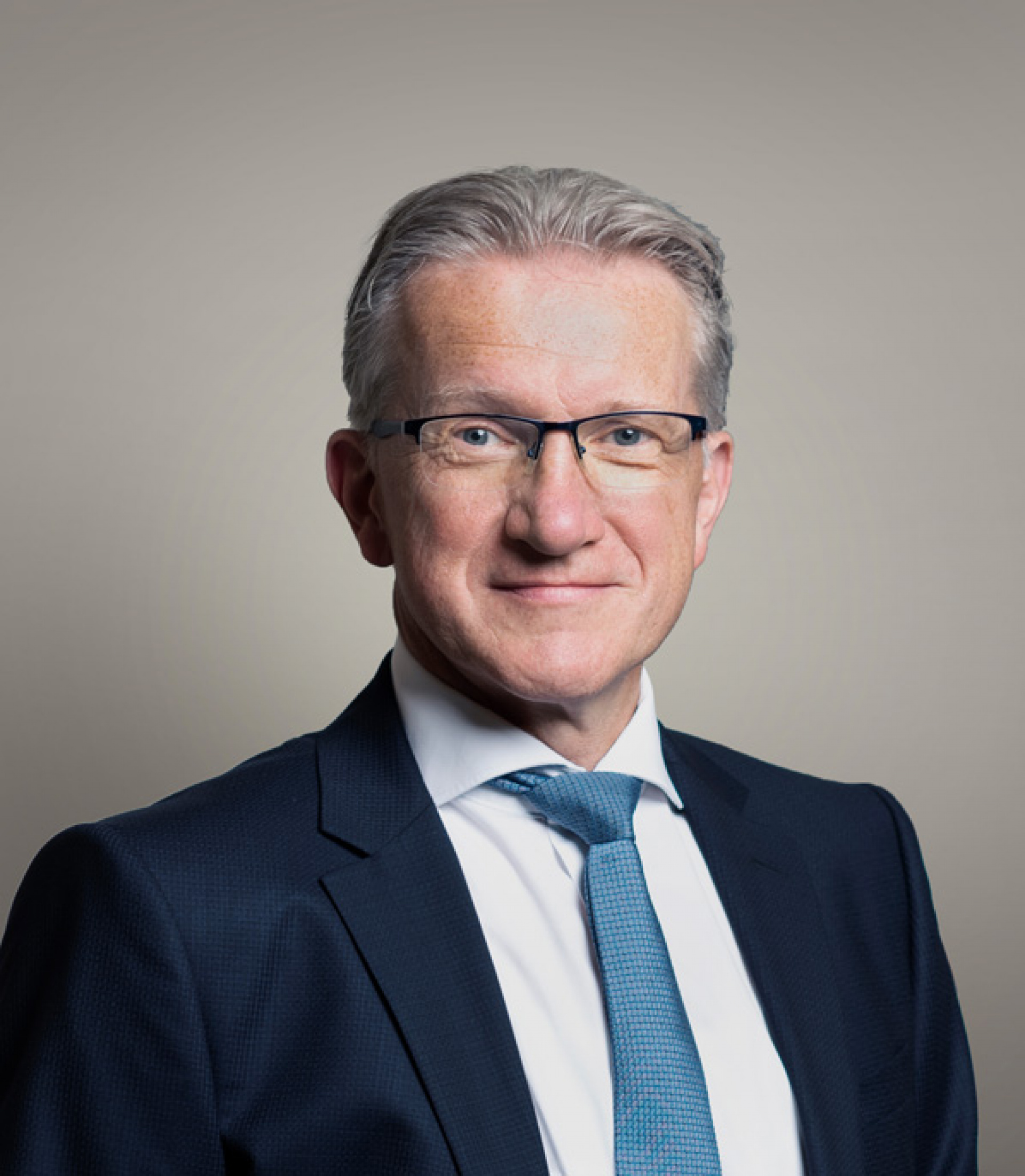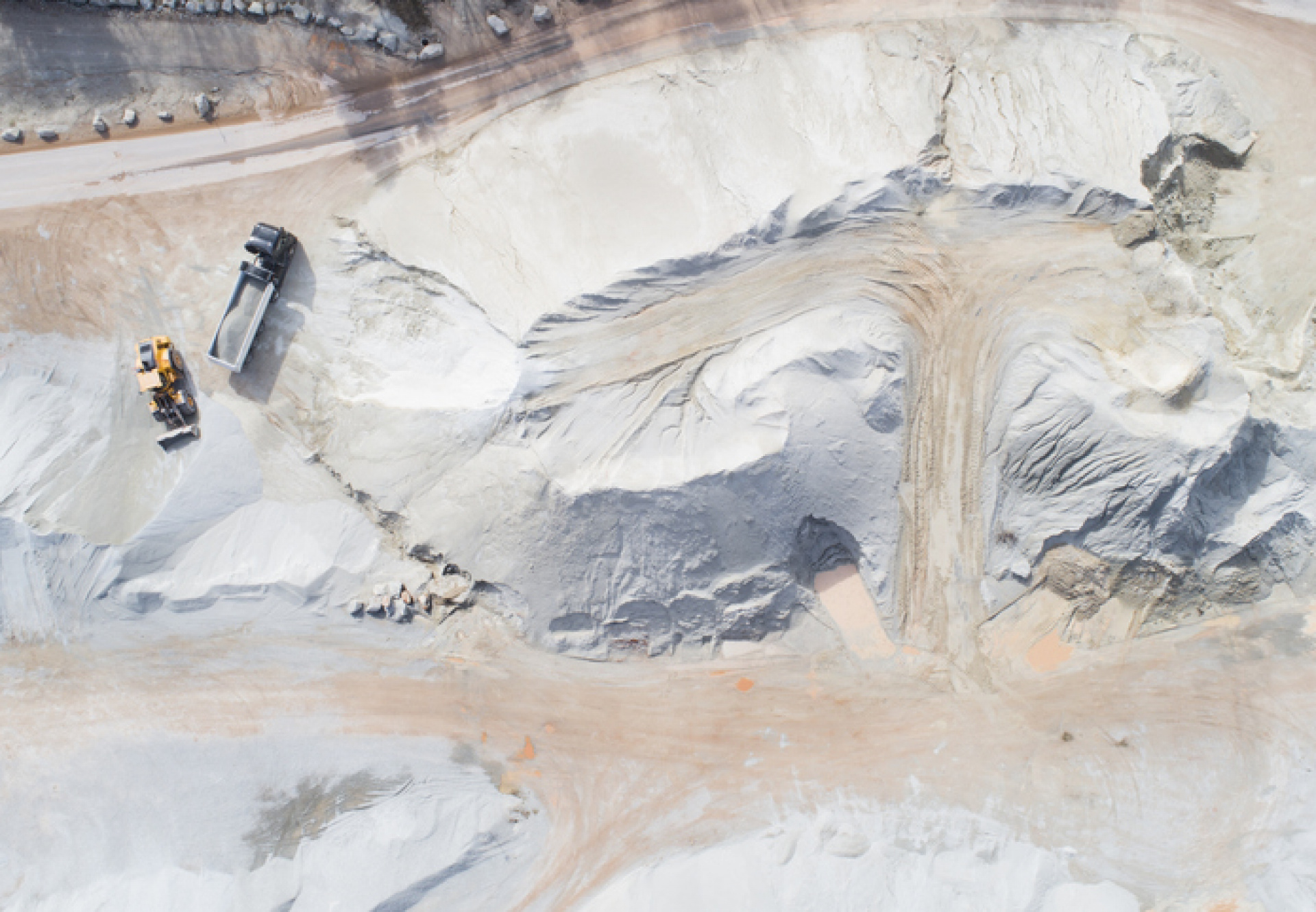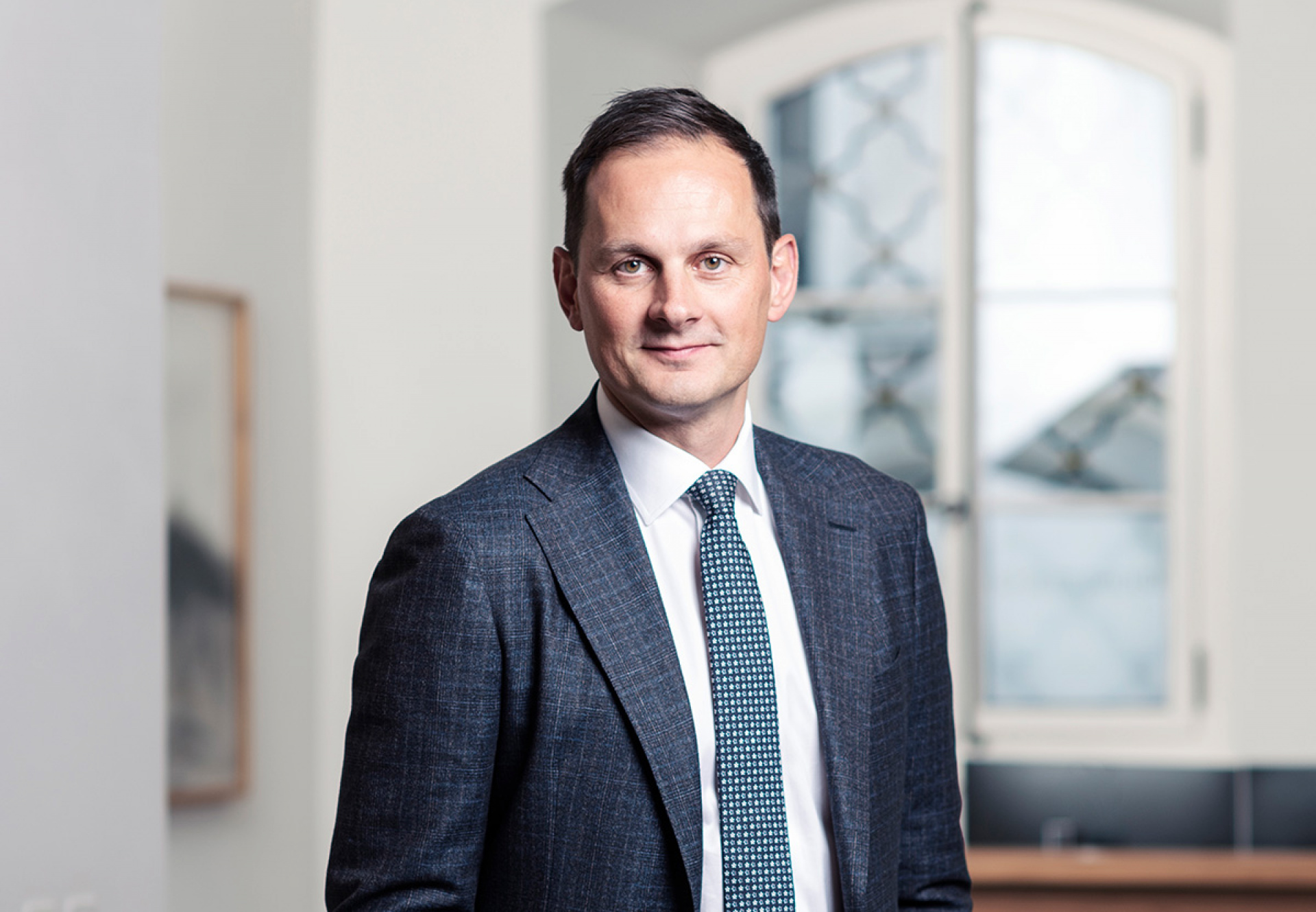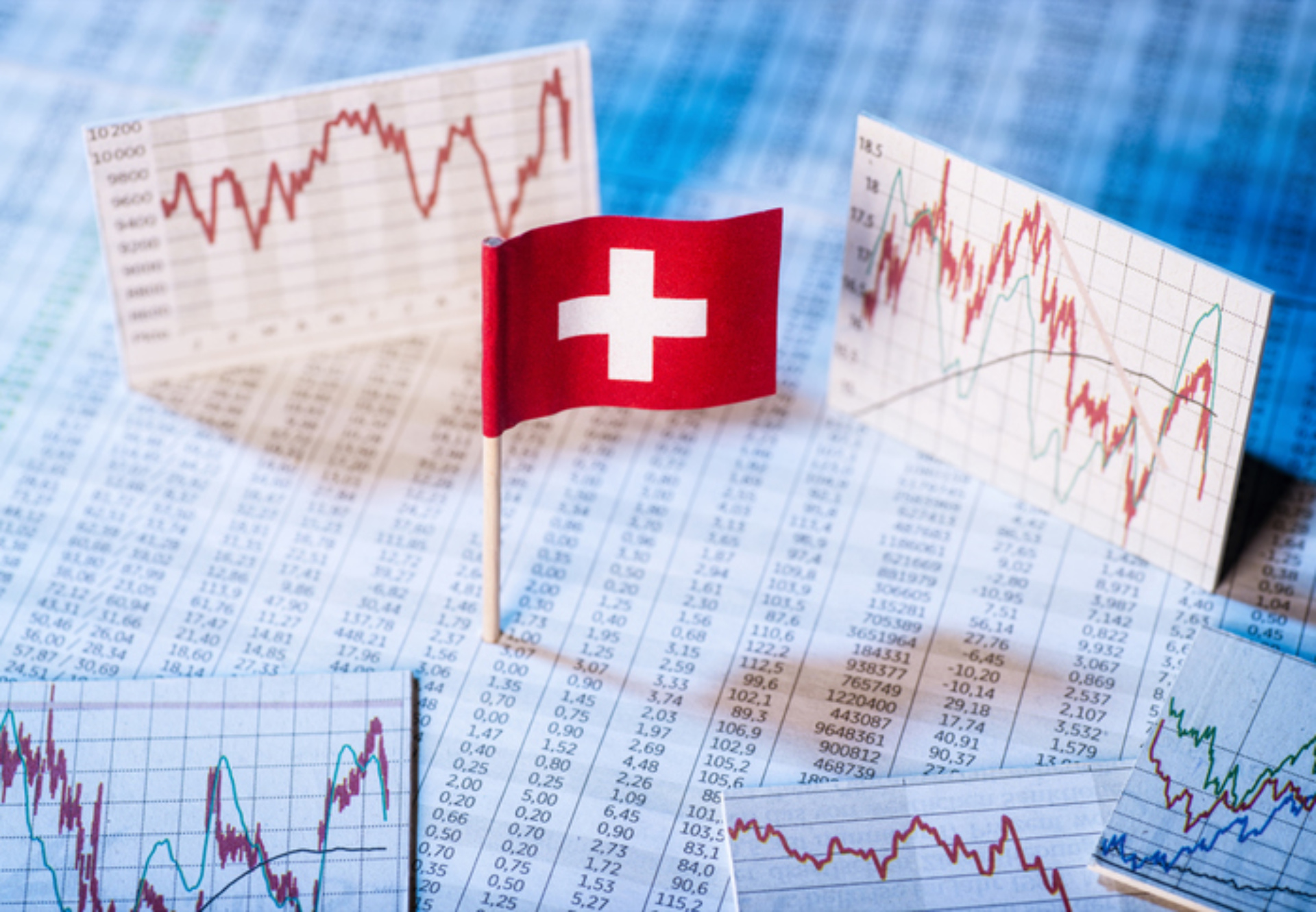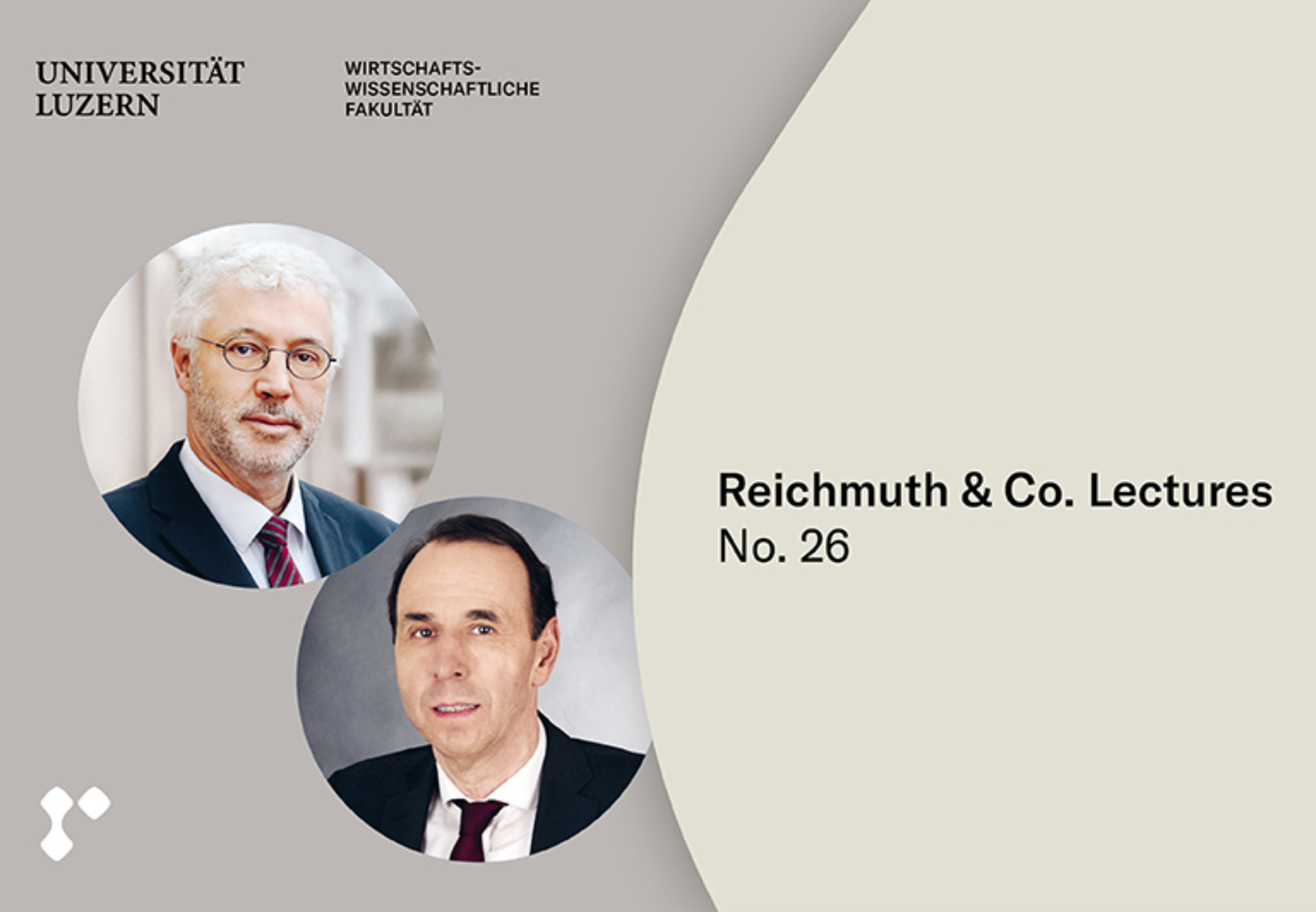Lessons for your financial independence
Interview with Jürg Staub
2020 is turning out to be a special year. What has your experience been like so far?
Personally, I’m grateful that no one around me has been seriously ill with COVID-19 and that my children, including of course my wife, have handled homeschooling well. I’m also thankful that our banking operations could continue safely and without incident despite many of our employees having to work from home. When I think about how other people around the world have been affected, then I have absolutely no right to complain.
What is your take on the situation from the perspective of a private banker?
It bears repeating, “Fear and greed are never good advisors.” The important thing is to ensure that the investment strategy is robustly aligned with the individual client goals and that clients are actively supported during a crisis – with a greater reliance on digital media as well. In my opinion, we have successfully achieved both of these objectives thanks to our close proximity to our clients. Our client feedback proves this, along with the fact that we were able to acquire new clients during the first half of the year. We also have a strong balance sheet with more than three times the equity that is required. This is especially crucial in periods of uncertainty.
What kind of conclusions can you draw from an investor perspective?
With regard to the monetary policy response, it’s “more of the same”. This helps in the short term, but worries me even more in the long term. Low interest rates may drive asset prices higher, but the mountain of debt continues to grow. That’s just asking for trouble. It was also telling to see once again how the heavy turbulence revealed the weakness of some investment models.
Could you provide us with a concrete example?
Five years ago, for instance, a client asked us to evaluate a new, rule-based approach. Academic evaluations and the recalculated time series since the 1990s shored up the theory that a newly established risk indicator could identify future tail events and prevent major price slumps. We had our doubts that managing risk solely by using a formula based on historical data could generate sustainable returns. With the arrival of the novel coronavirus, a tail risk has now occurred for the first time, which the risk model in question should have been able to identify at an early stage. In reality, however, during the bear market in the spring, equity risk was reduced and the rebound after the panic was largely missed. Instead of keeping calm in the midst of the worst upheaval, book losses were suffered procyclically during the prevailing market weakness. We’re convinced that the weighting of risk factors must be continuously scrutinised, which requires a future-oriented and scnario-based approach.
What is your current advice to your clients?
A zero interest rate environment means that investors must accept price fluctuation risks in order to achieve positive returns, making it essential to consolidate and diversify risk management within the investment structure. It is equally important that the risks contained in a portfolio match the client’s risk tolerance. To verify this, we test portfolios based on historical crises. What book losses would my portfolio have suffered? I also have serious doubts about the long-term intrinsic value of nominal money. Scenarios such as stagflation, hyperinflation or even a “restart” with currency reform must be considered. This will protect us against being affected by nervousness and short-term trends during panic phases. It often helps to think in terms of different “pots” as well.
Which pots?
- «Short-term liabilities»: This type of capital should be held with as little risk of default and fluctuation as possible and should be liquid.
- «Value retention»: Price fluctuations must be tolerated for capital with a longer-term horizon and a focus on value retention. This is the only way that assets can be preserved over time.
- And «Seize opportunities”»: when sufficient capital resources are on hand: The aim is to generate active added value in the medium term. This can be done through the opportunistic use of mispricings of certain investments, as is currently the case in the distressed sector, or investments in innovative.
This will ensure that you are well prepared for the greater uncertainty. We strive at all times to support you with practical assistance and advice to achieve and maintain your financial independence. Thank you for placing your trust in us.
